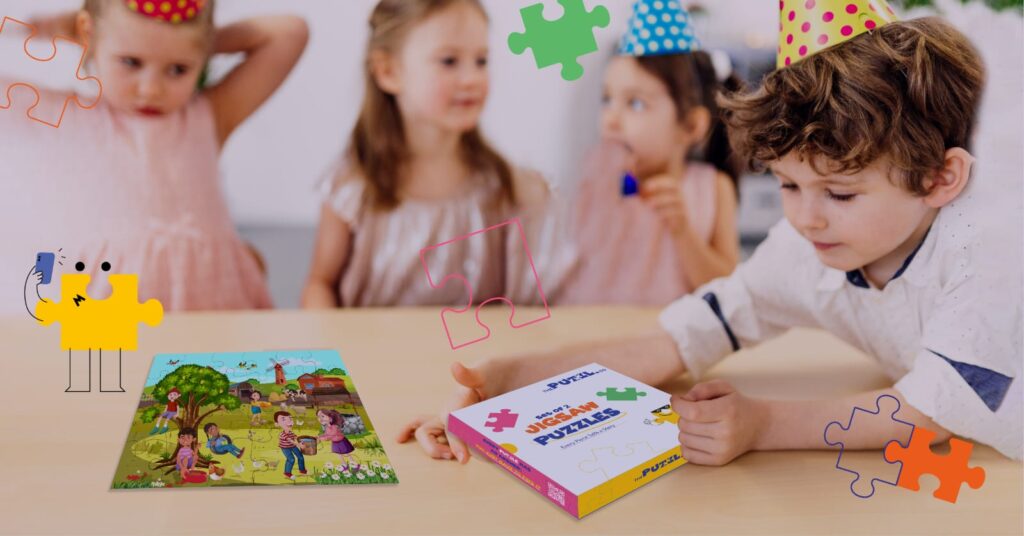Domino puzzles challenge you to arrange domino tiles in a specific way, often following a set of rules or logic patterns. These puzzles are great for sharpening your problem-solving skills, improving logical thinking, and having fun while doing so. While domino puzzles can vary in complexity, the basic principles remain the same: you need to arrange the tiles according to certain conditions, whether it’s matching numbers, completing a sequence, or solving a specific pattern.
In this guide, we’ll walk through the strategies and techniques to solve different types of domino puzzles effectively.
Understanding the Basics of a Domino Puzzle
Domino puzzles usually involve:
- A set of domino tiles with dots or numbers.
- A grid or playing area where you need to place the tiles in a particular way.
- Rules or conditions for placing the tiles, such as matching adjacent numbers, completing a sequence, or filling a specific pattern.
Domino puzzles can range from simple number-matching challenges to complex logical puzzles requiring deeper thinking.
Common Types of Domino Puzzles
Before jumping into solving strategies, it’s helpful to know the types of domino puzzles you might encounter:
- Matching Puzzles: In these puzzles, the goal is to arrange the domino tiles so that adjacent tiles have matching numbers on the touching sides. You’ll need to ensure that every tile is placed so that its numbers line up correctly with neighboring tiles.
- Sum Puzzles: These puzzles involve arranging domino tiles in a way that the numbers on adjacent tiles add up to a certain target value. The challenge lies in finding the right combination of tiles that satisfy the sum condition.
- Path-Finding Puzzles: In path-finding domino puzzles, you must create a continuous path of domino tiles where the numbers on each tile must connect logically. This type of puzzle might involve creating a “snake” or a loop of tiles that follow a specific order.
- Pattern Completion Puzzles: These puzzles involve filling a grid or a shape with domino tiles. You’ll need to ensure that all spaces are covered, and the arrangement follows certain rules, such as number matching or creating a particular design.
Also Read: How to Solve a Pentomino Puzzle
Step-by-Step Guide to Solving a Domino Puzzle
Step 1: Analyze the Puzzle
Start by examining the puzzle carefully. Take note of the rules or conditions you need to follow. For example, if it’s a matching puzzle, identify which numbers need to be matched. If it’s a sum puzzle, figure out the target value you’re trying to achieve.
Look at the domino tiles you have available and check for any obvious matches or connections. Identifying key pieces early on can give you a good starting point.
Step 2: Start with the Corners or Edges
For puzzles that involve filling a grid or completing a path, it’s often helpful to start with the corners or edges. Domino puzzles usually have fewer options for corner pieces because they need to connect with fewer adjacent tiles. By placing these pieces first, you can set up the rest of the puzzle more easily.
Similarly, in path-finding puzzles, starting at one end (usually a corner or an edge) gives you a defined starting point to build from.
Step 3: Match Numbers or Create Connections
Once you’ve placed your initial pieces, focus on matching numbers or creating connections according to the puzzle’s rules. In a matching puzzle, look for tiles where the numbers align with adjacent tiles. For sum puzzles, place tiles where the numbers add up to the target sum.
If you’re working on a path-finding puzzle, try to visualize the logical flow of the path. Ensure that each tile you place extends the path in a way that follows the puzzle’s logic.
Step 4: Work Systematically
Domino puzzles require logical thinking and a step-by-step approach. Avoid placing tiles randomly. Instead, work systematically, testing different options and evaluating how each move affects the puzzle. If you’re stuck, try removing a few tiles and re-evaluating your choices.
In more complex puzzles, you may need to think ahead and consider multiple possibilities before making a move. This is especially true for sum puzzles or path-finding challenges, where each move affects the overall solution.
Step 5: Use Process of Elimination
If you’re unsure where to place a tile, use the process of elimination. Consider the remaining tiles and think about where they could logically fit based on the numbers or conditions of the puzzle. By narrowing down the possibilities, you can make more informed decisions.
For example, in a matching puzzle, if a certain number only appears on one tile, it’s likely that this tile needs to be placed in a spot where that number will match with an adjacent tile.
Step 6: Stay Flexible
Domino puzzles often involve trial and error. Don’t hesitate to rearrange tiles or try different approaches if your initial attempt doesn’t work. Sometimes, you’ll need to backtrack and adjust your placement to find the correct solution.
In complex puzzles, staying flexible and open to revising your strategy can be the key to success.
Advanced Strategies for Solving Domino Puzzles
As you become more experienced with domino puzzles, you can start using more advanced strategies:
- Pattern Recognition: Experienced puzzle solvers often develop an eye for patterns and common tile arrangements. By recognizing recurring patterns, you can quickly identify where certain tiles should go and how they fit into the larger puzzle.
- Divide and Conquer: In large domino puzzles, break the puzzle into smaller sections and solve each section individually. This makes the puzzle more manageable and allows you to focus on one area at a time.
- Look for Symmetry: Many domino puzzles have symmetrical patterns. If you notice a symmetrical design in the puzzle, use it to guide your tile placement. Symmetry can help you predict where certain tiles should go.
Benefits of Solving Domino Puzzles
Domino puzzles offer more than just entertainment—they provide several cognitive benefits:
- Improves logical thinking: Solving a domino puzzle requires a structured, logical approach, which enhances your problem-solving skills.
- Enhances memory: Remembering the positions of tiles and possible connections helps improve short-term memory.
- Boosts spatial reasoning: The need to visualize tile arrangements and how they fit together enhances your spatial awareness.
- Encourages patience and perseverance: Domino puzzles can be tricky, but they teach you to stay patient and persistent as you work toward the solution.
Domino puzzles are a fantastic way to challenge your mind, develop critical thinking skills, and have fun at the same time. By understanding the different types of domino puzzles, breaking the problem into manageable steps, and using logical strategies, you’ll be able to solve even the most challenging puzzles. Whether you’re matching numbers, creating a sequence, or solving a complex pattern, these techniques will help you master the art of domino puzzling. Happy solving!



